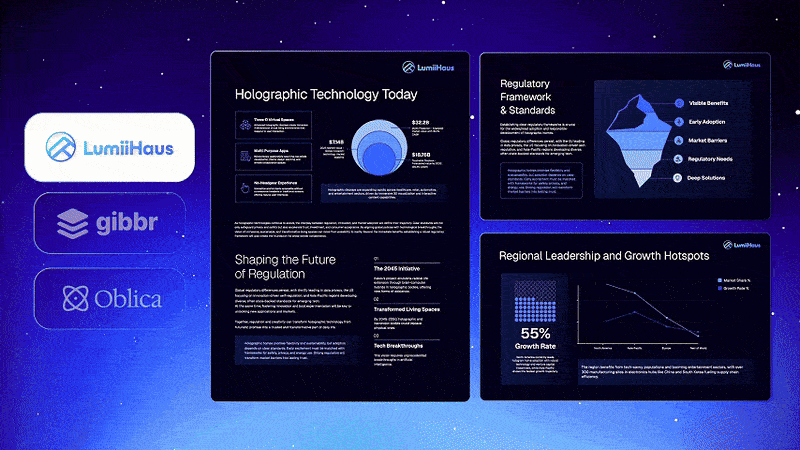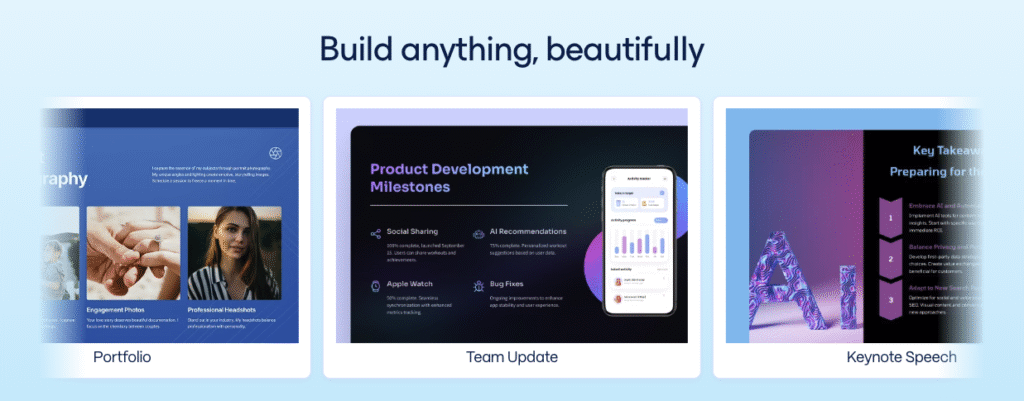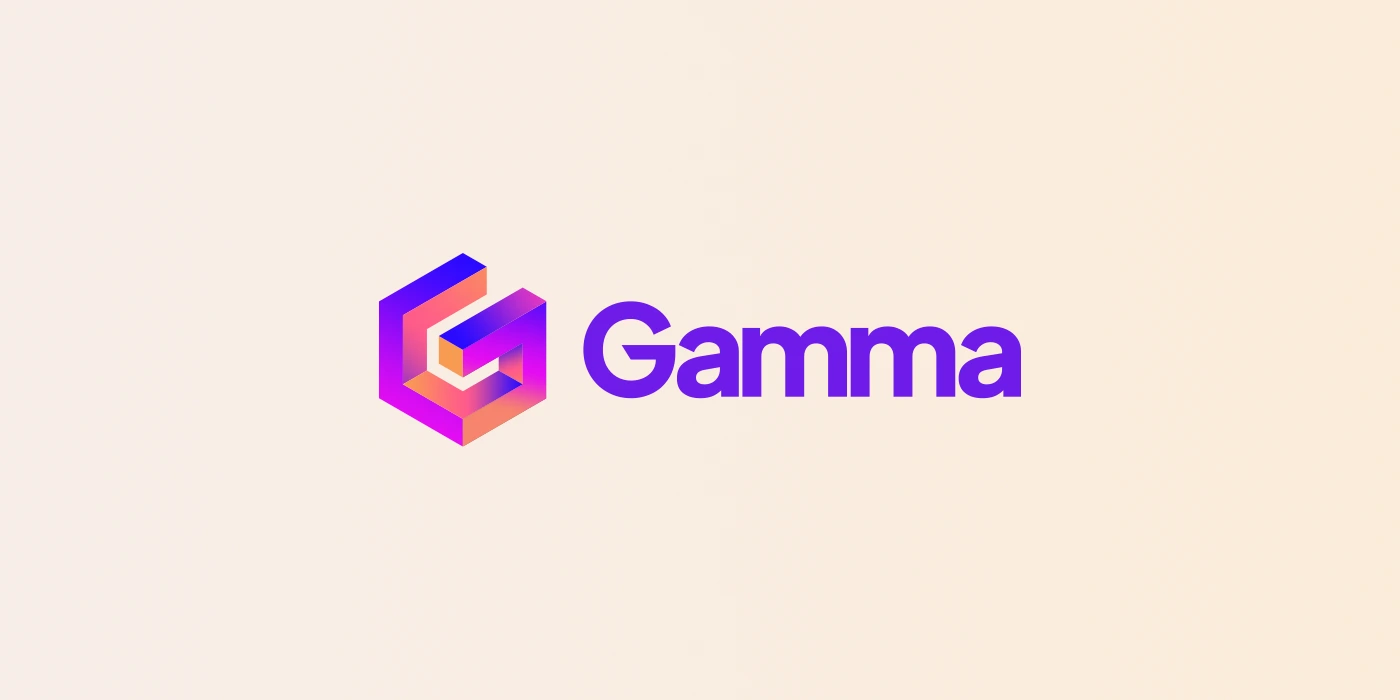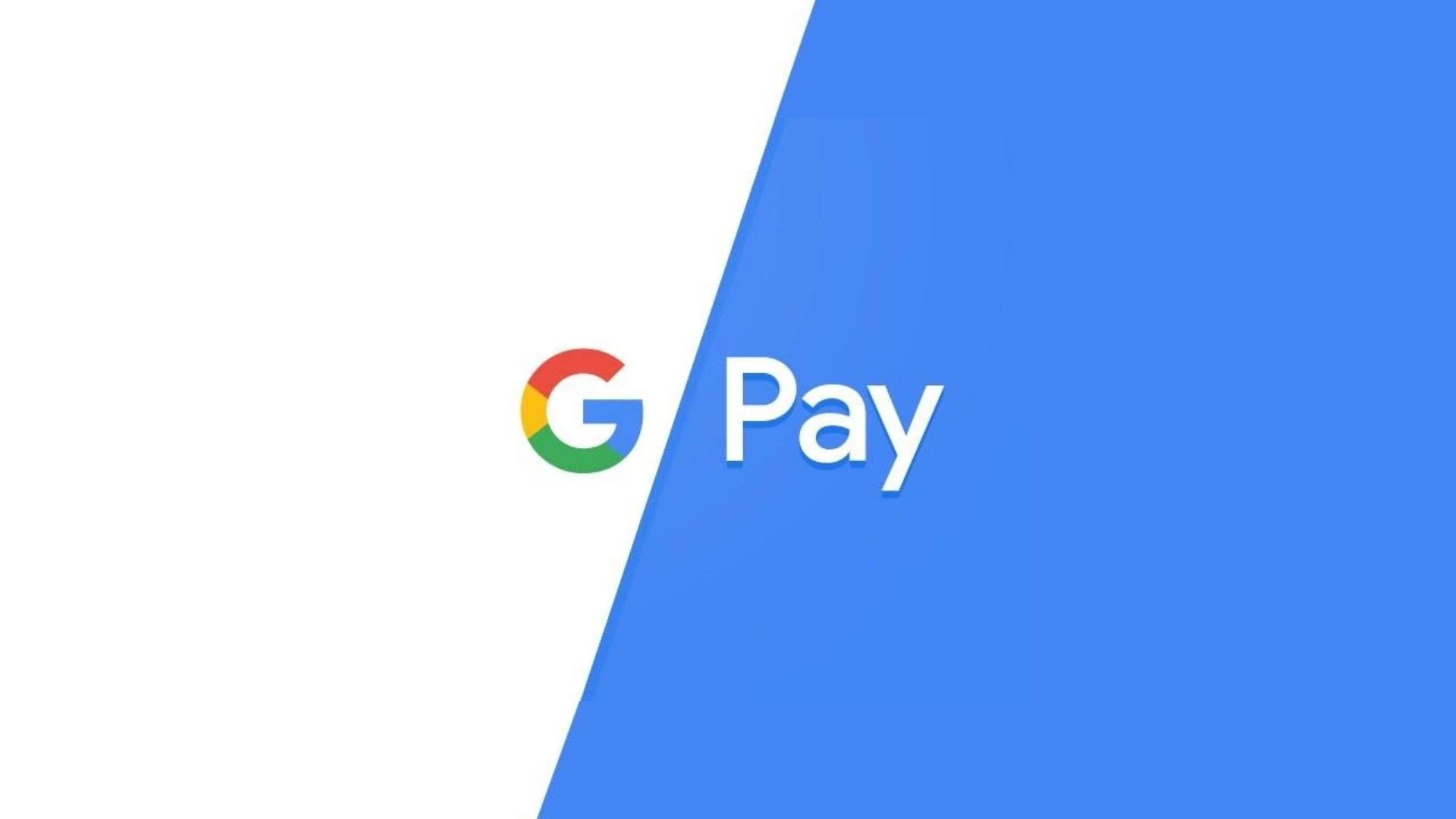In the ever-evolving landscape of artificial intelligence, few stories capture the imagination quite like that of Gamma App. Today, the San Francisco-based startup, which is reimagining how we create presentations and visual content, announced a staggering $68 million Series B funding round at a $2.1 billion valuation. Led by Andreessen Horowitz (a16z), this milestone not only underscores Gamma’s explosive growth surpassing $100 million in annual recurring revenue (ARR) while remaining profitable with just 50 employees but also signals a seismic shift in productivity tools. For entrepreneurs and innovators worldwide navigating the AI boom, Gamma’s journey offers a blueprint for leveraging cutting-edge technology to disrupt entrenched markets.
Founded in 2020 by Grant Lee, Jon Sensenbach, and Jamison Steffee, Gamma emerged from the frustration of legacy software like Microsoft PowerPoint, a tool invented in 1987 before the World Wide Web, the fall of the Berlin Wall, or even the Game Boy.
PowerPoint, with its clunky interfaces and time-consuming design processes, has long been the default for business communication, boasting billions of users but often criticized for stifling creativity. Gamma flips the script: an AI-native platform that transforms simple text prompts into polished presentations, websites, and documents in minutes. No coding, no design expertise required. Users simply outline their ideas, and Gamma’s algorithms powered by over 20 AI models handle the rest, generating layouts, visuals, and narratives with uncanny precision.
The numbers speak volumes. Gamma now boasts 70 million users worldwide, creating 30 million “gammas” (its term for AI-generated outputs) every month up to one million daily following its Gamma 3.0 launch. This isn’t hype; it’s hypergrowth. At $100 million ARR, Gamma achieves an astonishing $2 million per employee, a metric that has the tech community buzzing.
The funding news, first reported by The New York Times, has ignited widespread enthusiasm, with discussions highlighting it as a masterclass in lean scaling. Techmeme amplified the buzz, noting that Gamma, which uses AI to help create presentations, social media posts, websites, and more, raised $68 million at a $2.1 billion valuation and reports over 600,000 paying users. With a freemium model starting free and scaling to premium plans for advanced features Gamma has democratized high-quality visual content creation, making it accessible to creators from startups to enterprises.
At its core, Gamma’s appeal lies in its intuitive features. Users can import outlines or even entire documents, and the AI instantly suggests themes from a library of over 100 options, embedding images, charts, and animations seamlessly. Real-time collaboration allows teams to edit simultaneously, much like Google Docs but with AI assistance for content generation, translations, and layout tweaks.
Exports are versatile: PPT, PDF, PNG, or direct publishing as interactive websites and social posts. Engagement tracking adds a layer of analytics, showing how viewers interact with shared content views, time spent, and click-throughs. Testimonials from users underscore this impact: one founder describes Gamma as the home for their best complex ideas, expressed beautifully, while a social media content creator notes that it makes tools like Google Slides feel outdated.

This user-centric design has fueled Gamma’s rapid adoption across sectors
Educators report saving hours on lesson plans, turning routine tasks into efficient workflows. Consultants appreciate the balance between customizability and speed, enabling them to focus on strategy rather than formatting. Founders have used it to prototype websites quickly, aiding in securing early funding. In a world where business professionals often spend up to 10 hours per deck on slide creation according to industry surveys Gamma reduces that to minutes, freeing up time for higher-value activities. The platform’s versatility extends beyond presentations: it supports social media graphics, memos, and even full microsites, positioning it as a one-stop shop for visual communication.
Gamma’s efficiency isn’t accidental. The company bootstrapped its way to $50 million ARR by April 2025, emphasizing viral loops, user feedback, and iterative development over heavy marketing spends. This lean approach has allowed a small team to drive outsized results, a model that resonates in today’s resource-constrained startup environment. The Series B infusion, following a $15 million Series A in 2023, will accelerate these ambitions. Beyond presentations, the platform is evolving into a comprehensive visual storytelling suite, with enhanced integrations for social media tools and advanced analytics.
A major highlight of the announcement is the public API launch, enabling developers to embed Gamma’s generation capabilities into other applications such as automating reports in CRM systems or creating dynamic content in marketing platforms. This opens doors for ecosystem-wide innovation, where Gamma becomes a backend engine for AI-driven content at scale. Complementing this, Gamma released its first research-backed prompt guide, distilling best practices from analyzing thousands of user interactions.
The guide covers everything from structuring prompts for clarity to iterating on outputs for precision, helping users maximize the AI’s potential without trial-and-error frustration. For instance, it recommends starting with specific outlines like “Create a 10-slide pitch deck on sustainable energy, including market data visuals and a call-to-action” to yield more tailored results than vague requests.
This focus on accessibility and education sets Gamma apart in the crowded AI productivity space. Competitors like Canva or Beautiful.ai offer design aids, but Gamma’s end-to-end automation from ideation to publication truly redefines the workflow. Its AI doesn’t just suggest; it generates coherent narratives, pulling in relevant data and visuals via integrated search capabilities. Privacy is another pillar: all generations are processed securely, with options for on-device computation in premium tiers, addressing concerns in regulated industries like finance and healthcare.
The broader implications of Gamma’s rise extend to the future of work. As AI permeates creative fields, tools like this could upend traditional roles, but Gamma emphasizes augmentation over replacement. By handling rote tasks, it empowers non-designers, sales reps, analysts, teachers to produce professional outputs, democratizing creativity. Early adopters in education, for example, have integrated it into curricula, teaching students prompt engineering alongside core subjects. In marketing, teams use it for A/B testing visuals at speed, iterating campaigns in real time.
Challenges remain, of course. AI-generated content can sometimes lack nuance, risking generic outputs if prompts aren’t refined. Gamma mitigates this through its guide and ongoing model improvements, incorporating user feedback loops to enhance relevance. Ethical considerations, like ensuring diverse representation in visuals, are also evolving priorities, with the team committing to bias audits and inclusive datasets.
Looking ahead, the $68 million will fuel international expansion, deeper enterprise features like custom branding and compliance tools, and R&D into multimodal AI blending text, voice, and video for richer storytelling. With 70 million users already proving the demand, Gamma is poised to capture a slice of the $100 billion presentation software market, long dominated by Microsoft.

For global tech innovators, Gamma’s story is a testament to timing and execution: launching during the AI surge, iterating relentlessly, and staying profitable amid valuations that often prioritize growth over sustainability. It challenges the notion that disruption requires massive headcounts or endless funding rounds. Instead, it showcases how a focused team, armed with AI, can rewrite rules established decades ago.
As the platform matures, expect ripples across industries. Imagine legal firms generating case summaries with embedded timelines, or nonprofits crafting impact reports that auto-update with donation data. Gamma isn’t just building a tool; it’s architecting a new paradigm where ideas flow freely, unhindered by technical barriers.
In an era where communication defines success, Gamma’s ascent reminds us: the best innovations don’t compete with the past they render it obsolete. With this funding, the visual revolution is just beginning, inviting creators everywhere to reimagine what’s possible.
Sources include official announcements, The New York Times coverage, and Gamma’s product documentation. Lanka Biz News covers dynamic business landscapes, from startups to multinationals.





